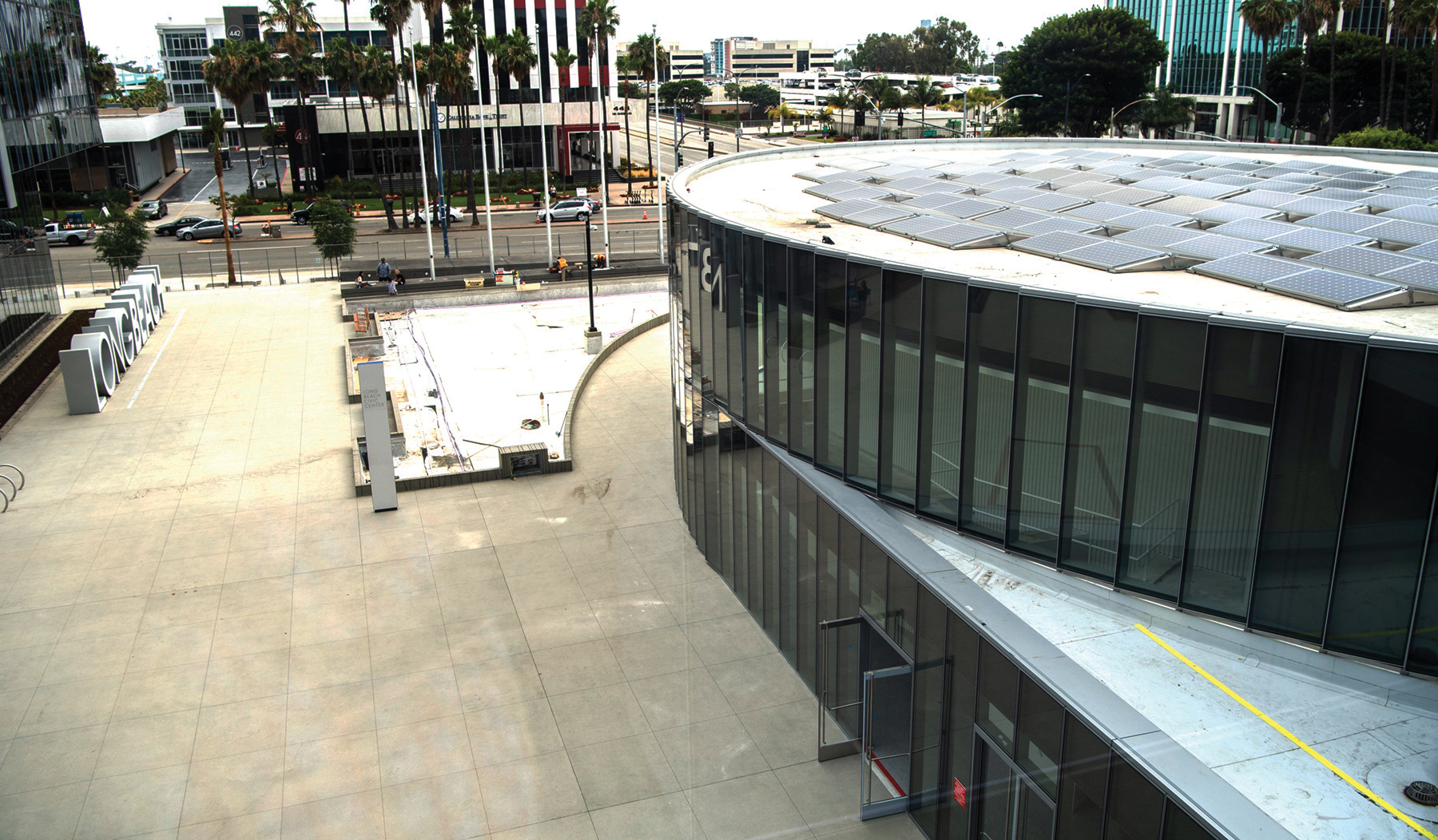
More renewable energy, lower prices for ratepayers, more local control—these are the benefits touted by proponents of Community Choice Aggregation entities, a form of locally owned, nonprofit utility that began to take hold in California during the last decade.
For years, Long Beach has studied the feasibility of forming or joining such an agency, spending $230,000 in the process. Whether it will ever come to fruition remains uncertain. Staff has repeatedly advised the city council against the creation of a locally owned public utility at this time and recently reiterated this recommendation.
In a June 30 memo to the city manager’s office, Energy Resources Director Robert Dowell and Chris Garner, general manager of the city’s water department, outlined their most recent efforts in assessing the viability of a community choice aggregation entity for Long Beach.
Their conclusion: the cost savings for rate payers, which had been slim to begin with, had all but evaporated over the past year. The reasons, they said, were “complex, volatile and, as of
now, unresolved,” and included financial issues caused by the pandemic and an exit fee charged by investor-owned utilities.
“The market still doesn’t warrant the city undertaking this kind of effort,” Dowell said, noting that staff would continue to monitor market conditions to evaluate the feasibility of forming or joining a nonprofit utility in the future.
Dowell also said there needed to be more outreach to inform residents about the concept of community choice aggregation, an effort staff said has been stumped by the pandemic.
“Most people have no idea what a CCA is,” he said. When such a local utility is formed, however, ratepayers are automatically opted into the program, with little notification that the entity purchasing their power and negotiating the price has changed, Dowell said. “They can always opt out, but they need to know that.”
An extensive community outreach campaign is necessary to create greater awareness and educate residents about the pros and cons of community choice aggregation, Dowell said. “This needs to go in front of a lot of people,” he said. “We’re coming up with a plan to do that.”
Clay Sandige, a local green energy advocate and chairperson of the Long Beach Community Choice Energy Working Group, said he agrees that there’s a need for more outreach and said he’s looking forward to the final report in August for a better understanding of city staff’s work on the issue over the past year.
Whether the result of the multi-year process will be for Long Beach to join or form a local electric utility or not, Sandige said the conversation has put more pressure on Southern California Edison to expand its sustainability efforts.
“If nothing else, it certainly got their attention,” he said. “And I do think it’s going to bring some action.”
